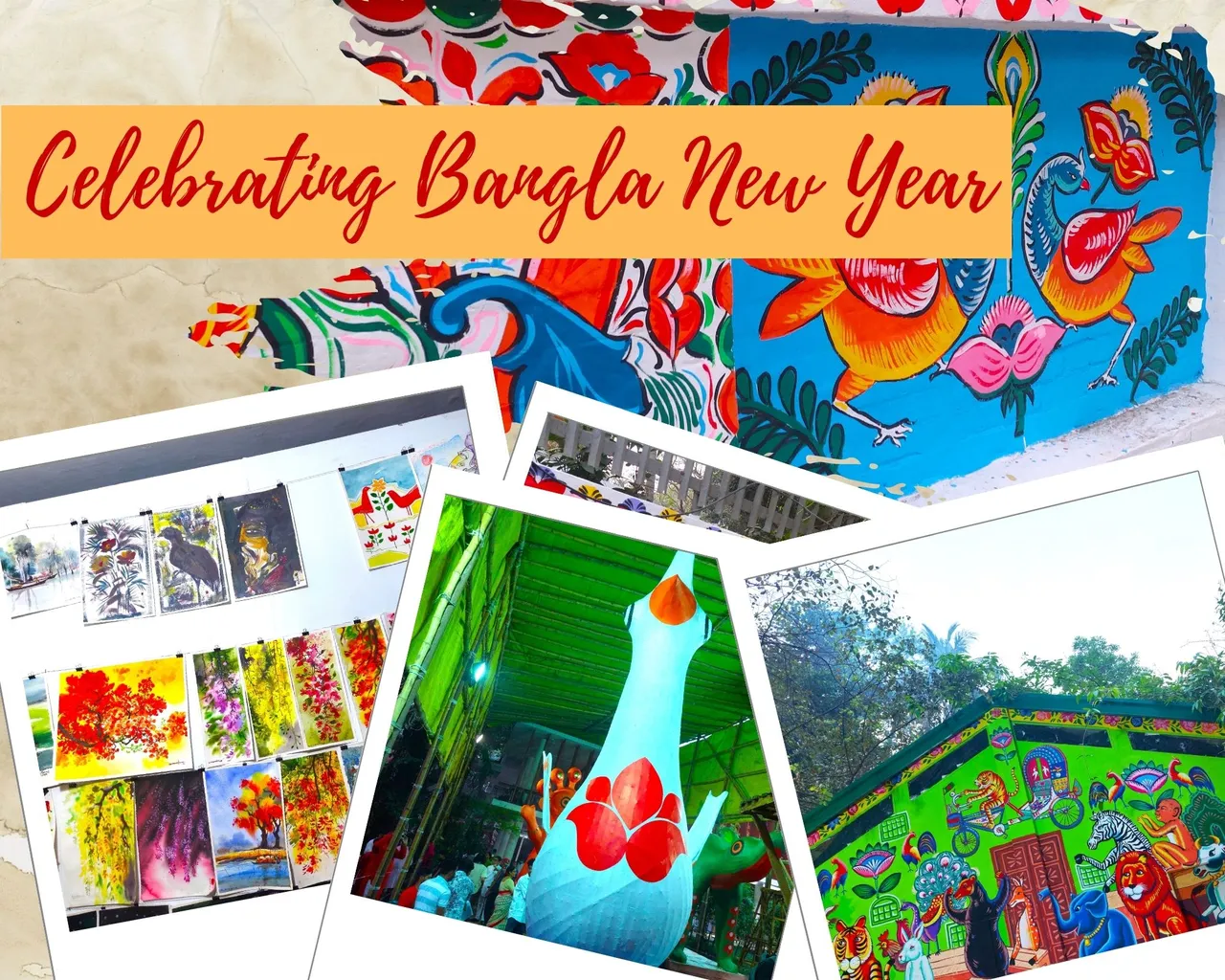
Pohela Boishakh, the first day of the Bangla calendar, is a cherished festival celebrated with fervor and enthusiasm across Bangladesh and among Bengali communities worldwide.
This year, I had the pleasure of immersing myself in the festivities at the Institute of Fine Arts, University of Dhaka, where the spirit of Pohela Boishakh came alive in a kaleidoscope of colors, art, and cultural revelry.
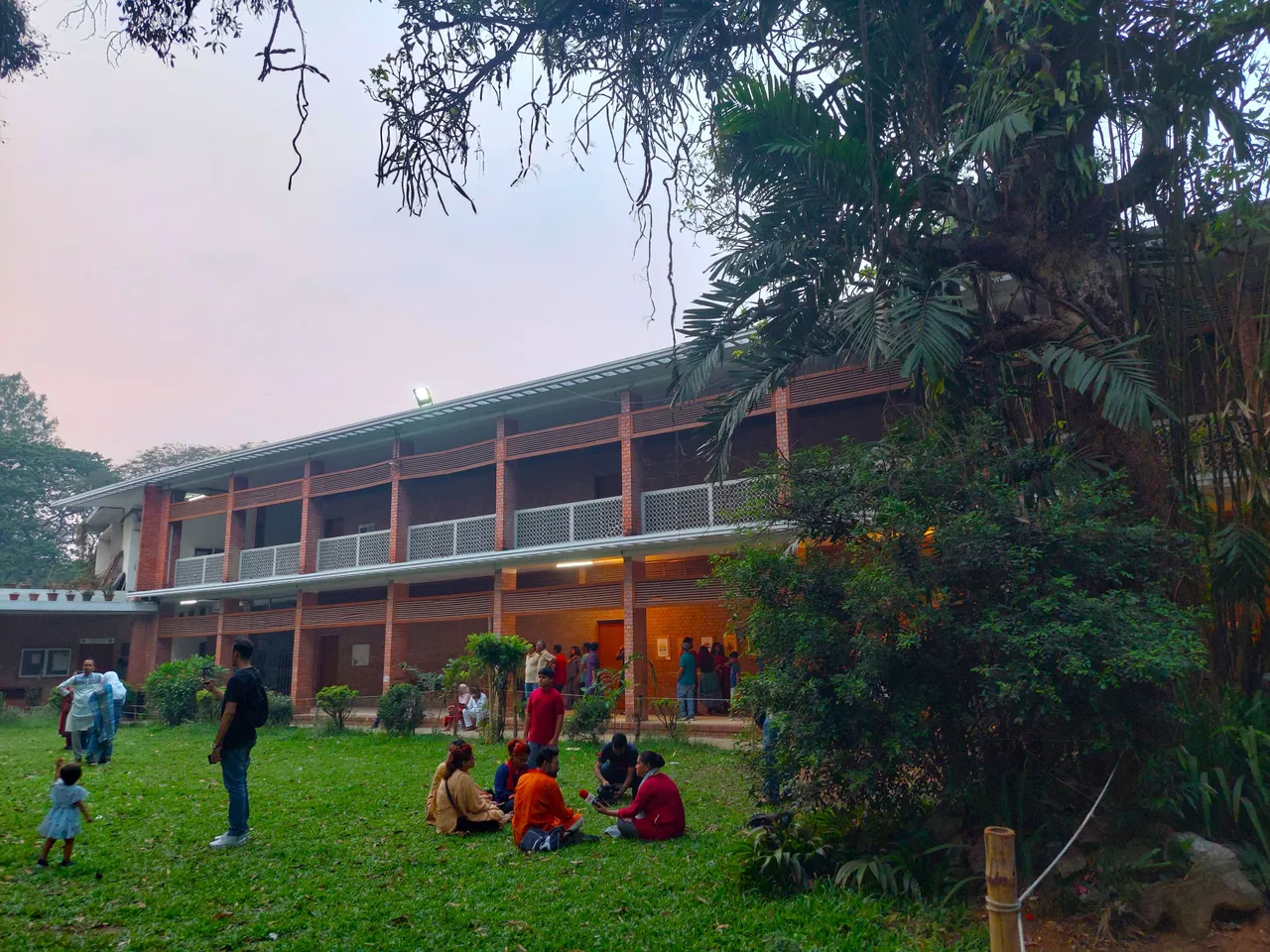
As I stepped into the festive atmosphere of the Institute of Fine Arts, I was greeted by a spectacle of vibrant hues adorning every corner of the campus.
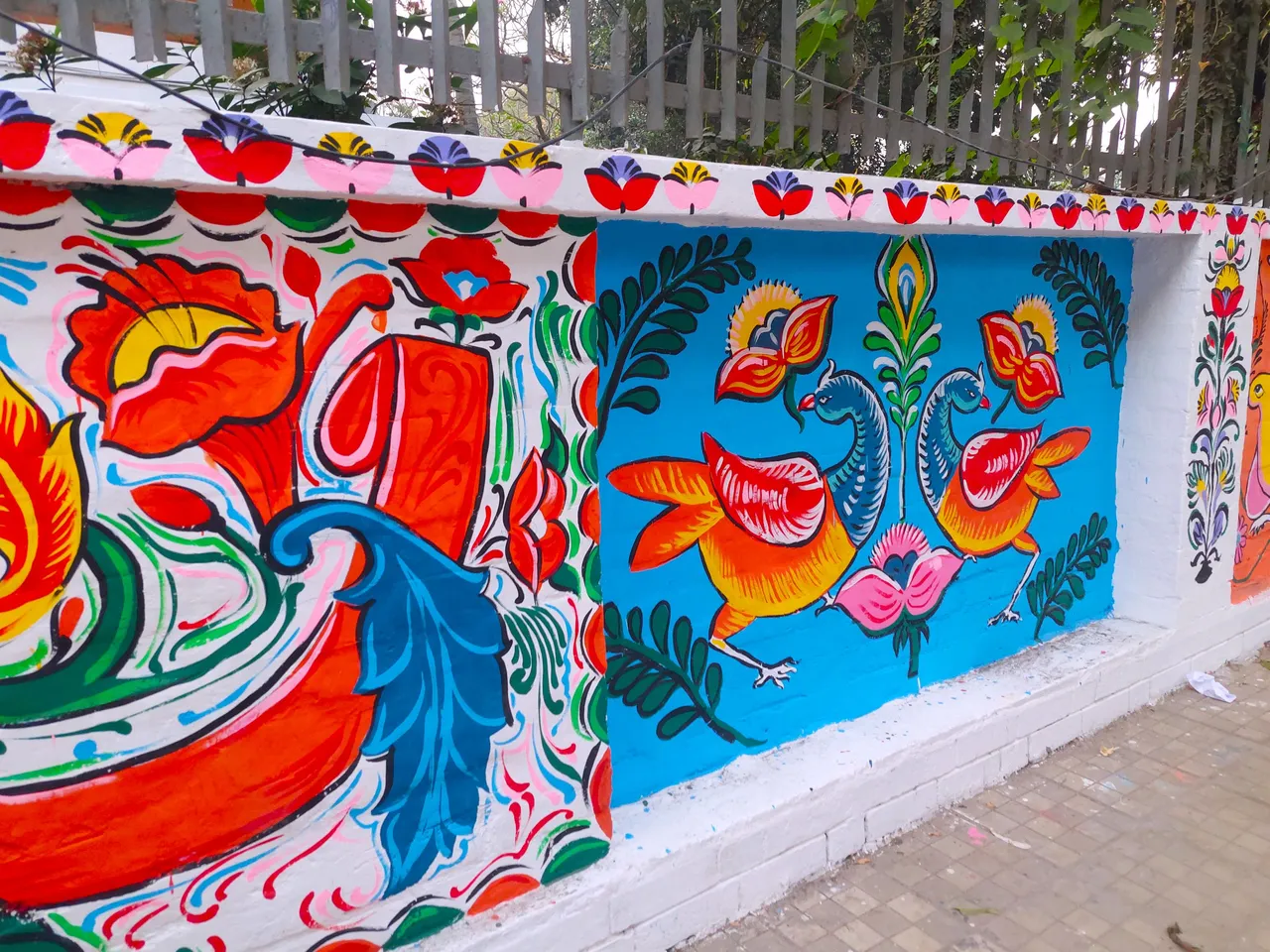
The boundary walls, roads, and buildings were transformed into canvases for intricate artwork, reminiscent of the iconic rickshaw paintings that adorn the streets of Bangladesh. The meticulous attention to detail and the sheer creativity on display showcased the artistic prowess of the students and faculty.
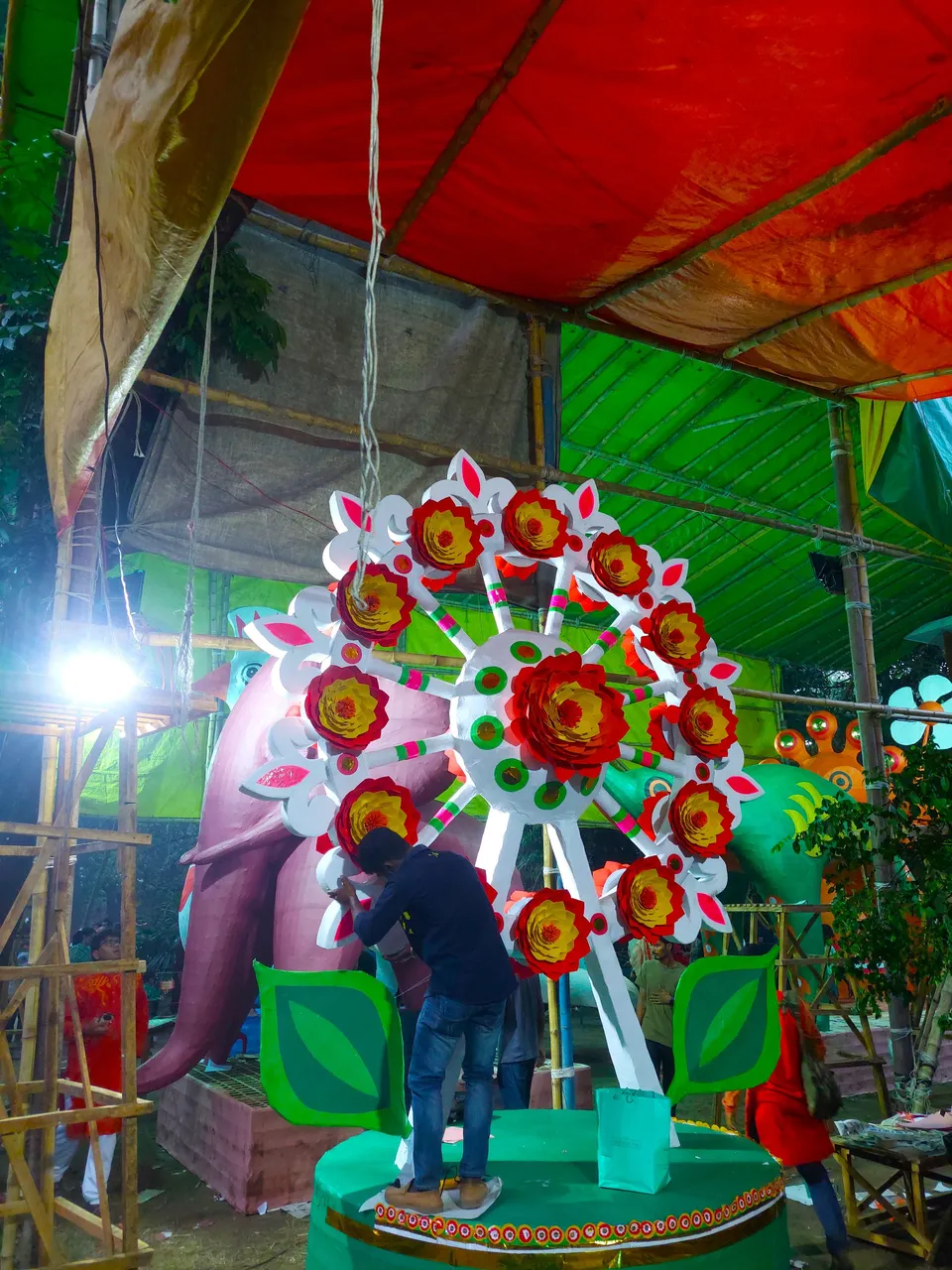
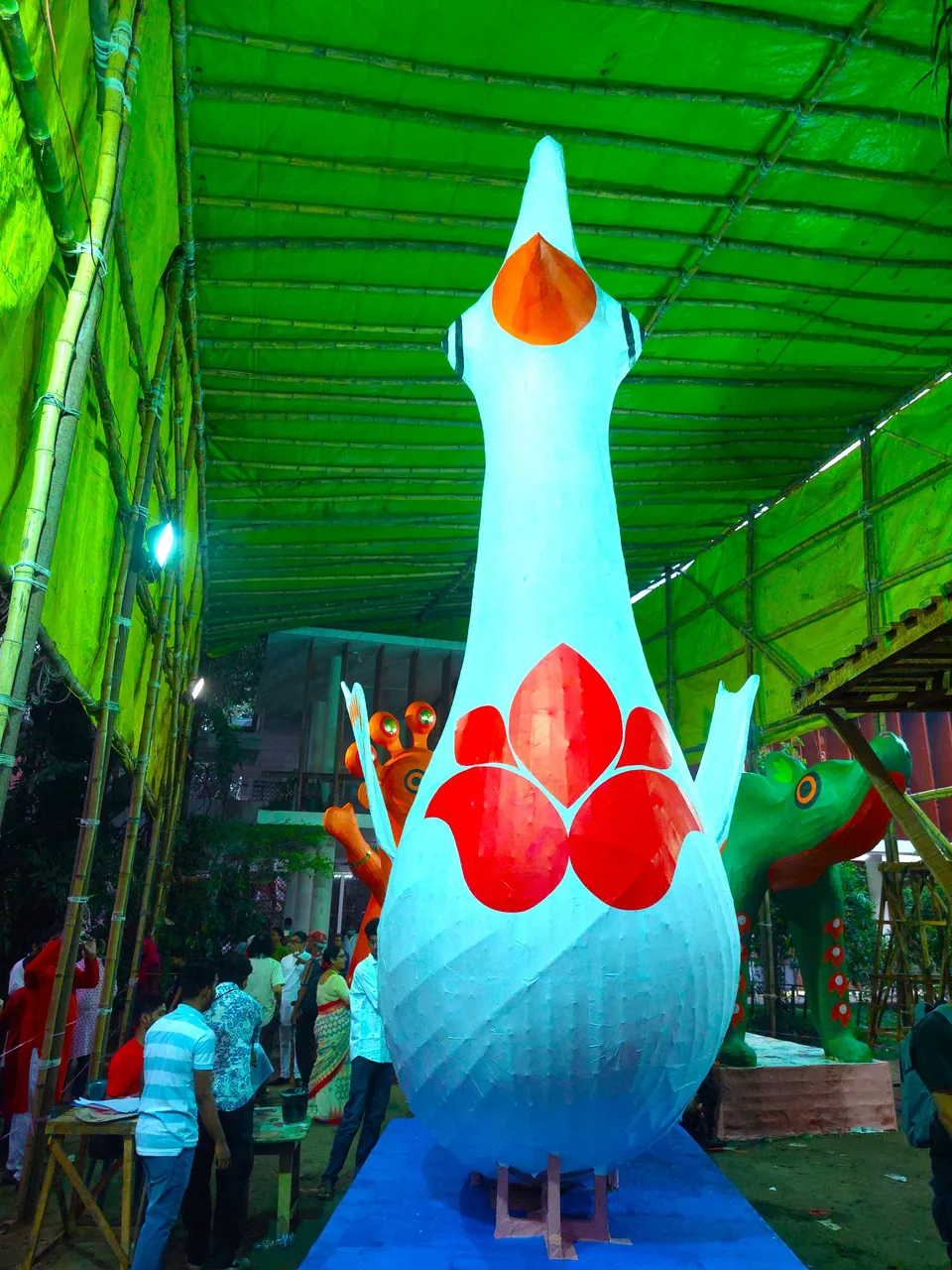
One of the highlights of the celebration was the thematic art installations created for the New Year parade. Towering structures made from paper and bamboo depicted majestic elephants, soaring birds, and other symbols of prosperity and abundance. These larger-than-life creations captivated the imagination and added to the festive ambiance of the event.
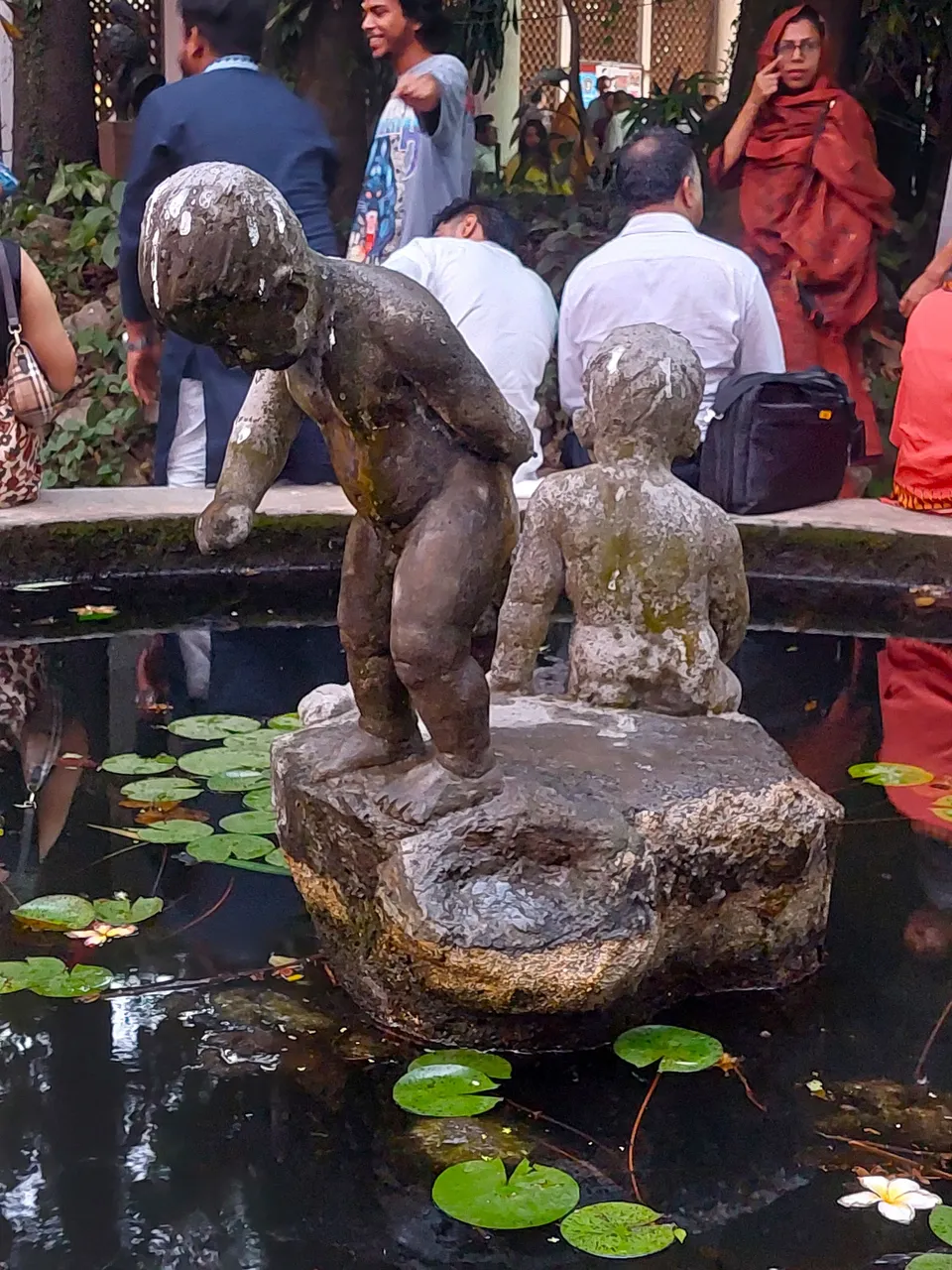

Exploring the campus, I was mesmerized by the diverse array of sculptures and statues that dotted the landscape. Each piece told a story, reflecting the rich cultural heritage and artistic heritage of Bangladesh.
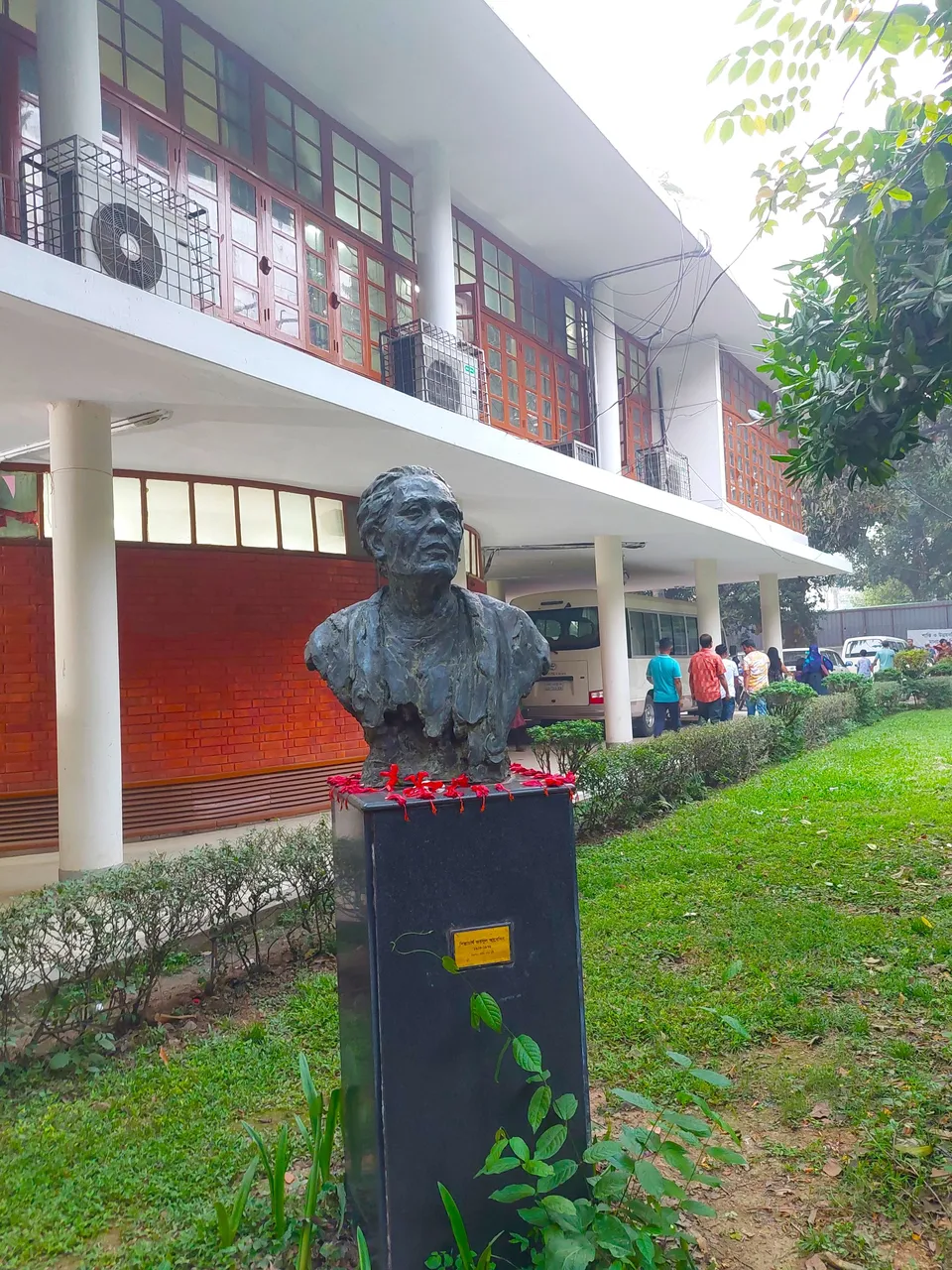
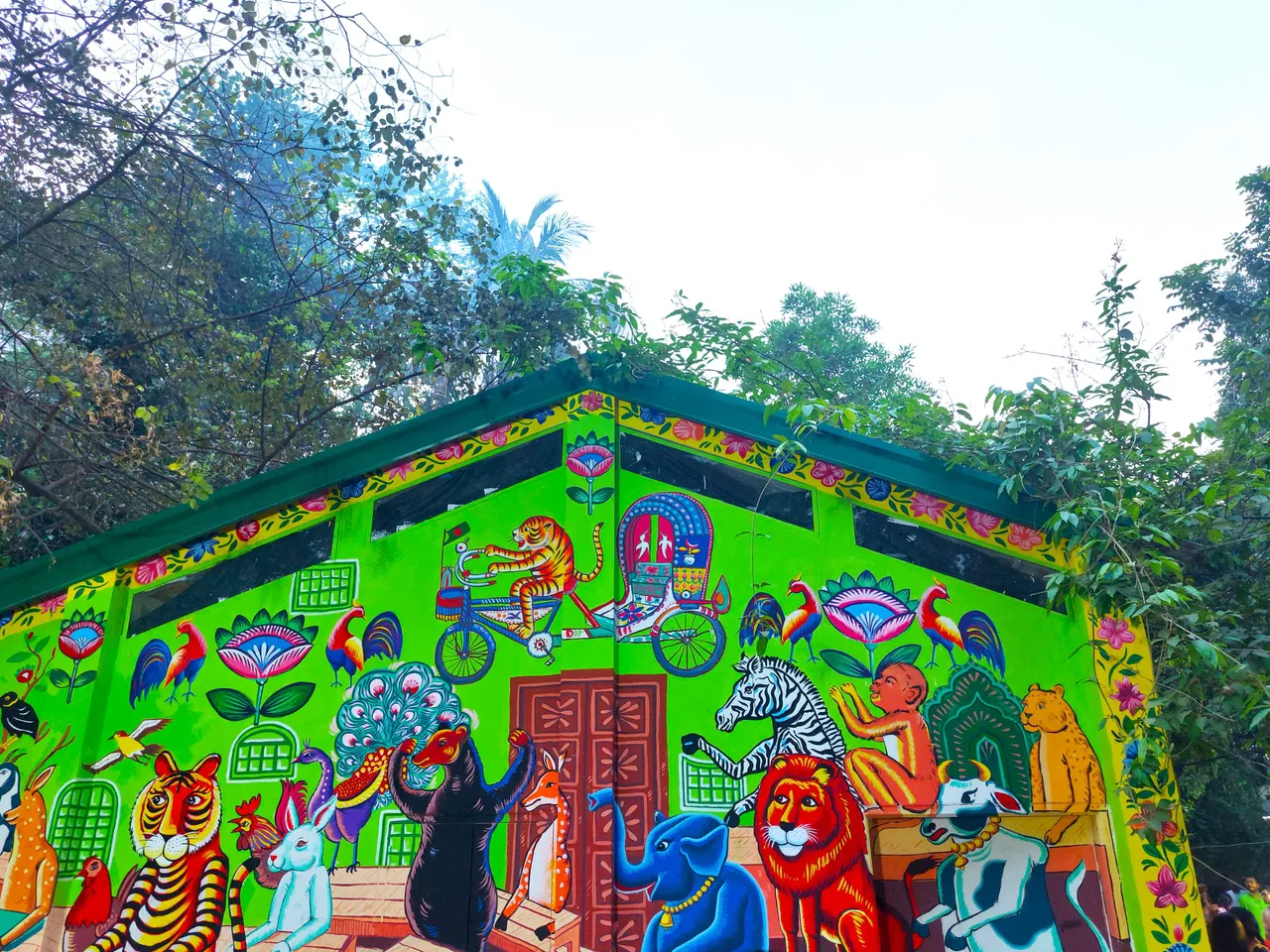
From traditional motifs to contemporary expressions, the artistry on display was a testament to the talent nurtured within the walls of the Institute of Fine Arts.
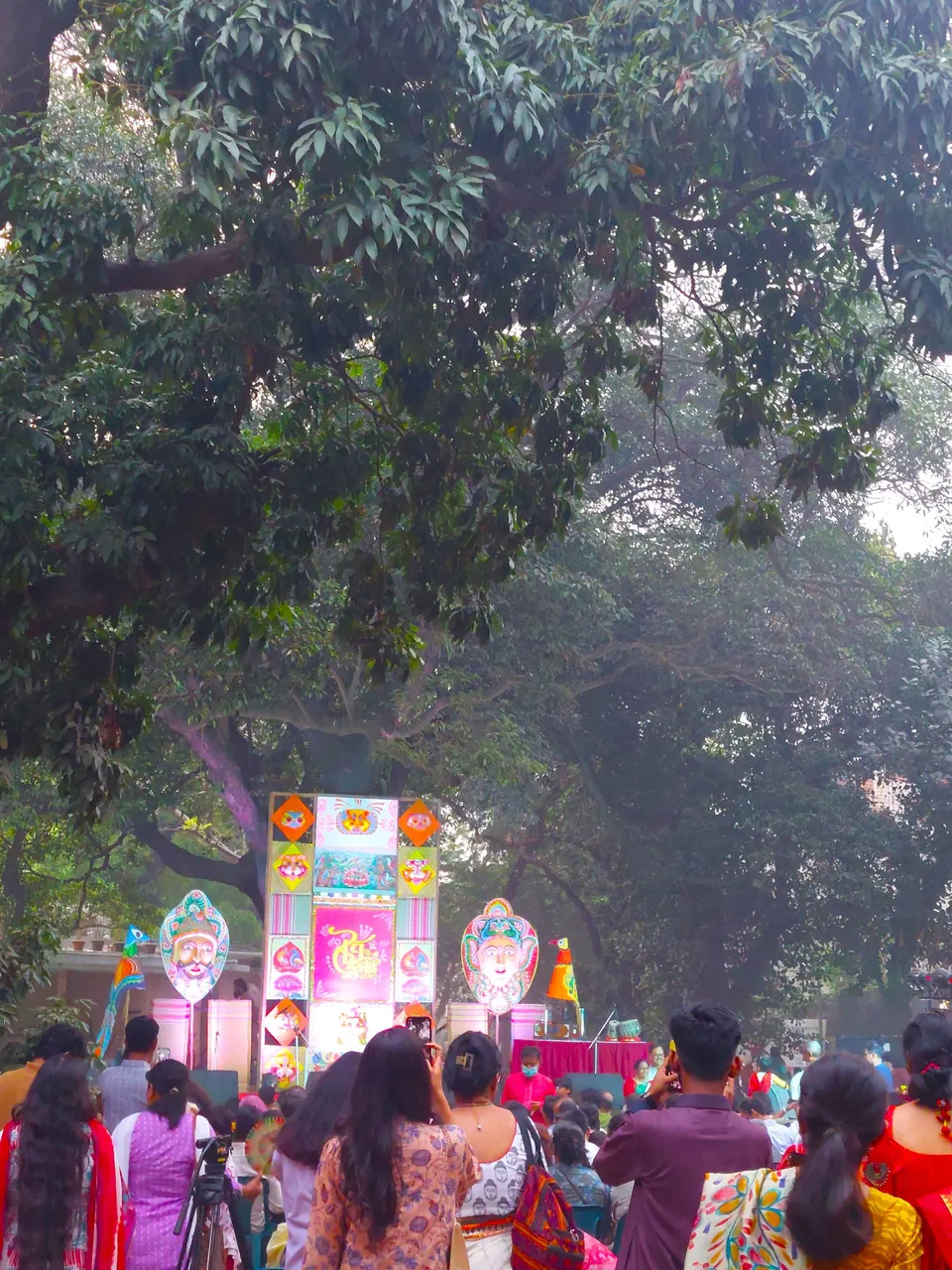
Amidst the hustle and bustle of the celebration, I had the opportunity to witness various cultural programs and performances showcasing the talents of the students. From traditional dance recitals to musical performances, the stage came alive with the rhythmic beats and melodic tunes of Bengali culture.

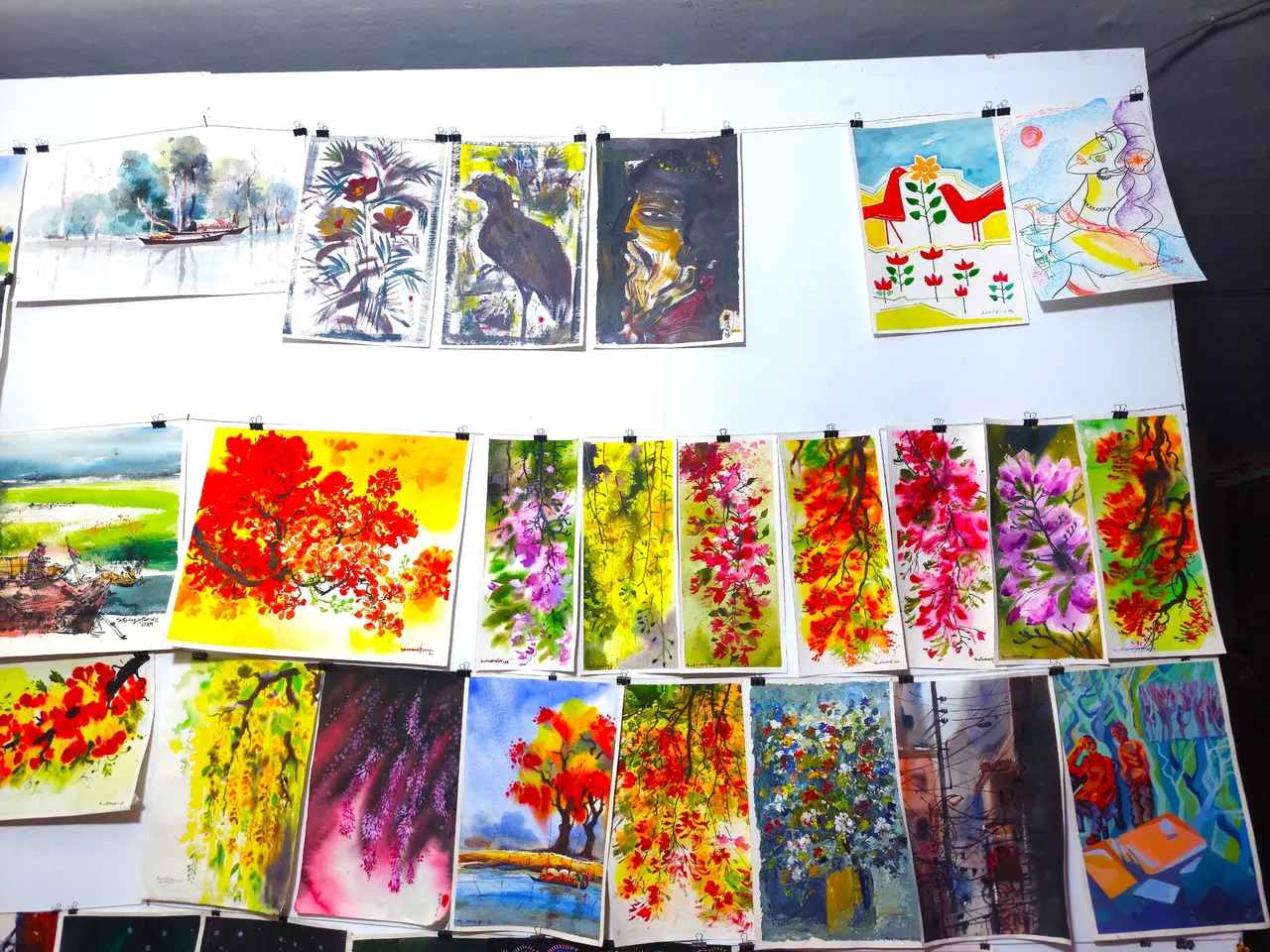
As the day progressed, I found myself drawn to the art and craft stalls that lined the festival grounds. Here, local artisans showcased their handcrafted wares, from intricate jewelry to colorful textiles, offering visitors a glimpse into Bangladesh's rich artisanal heritage.
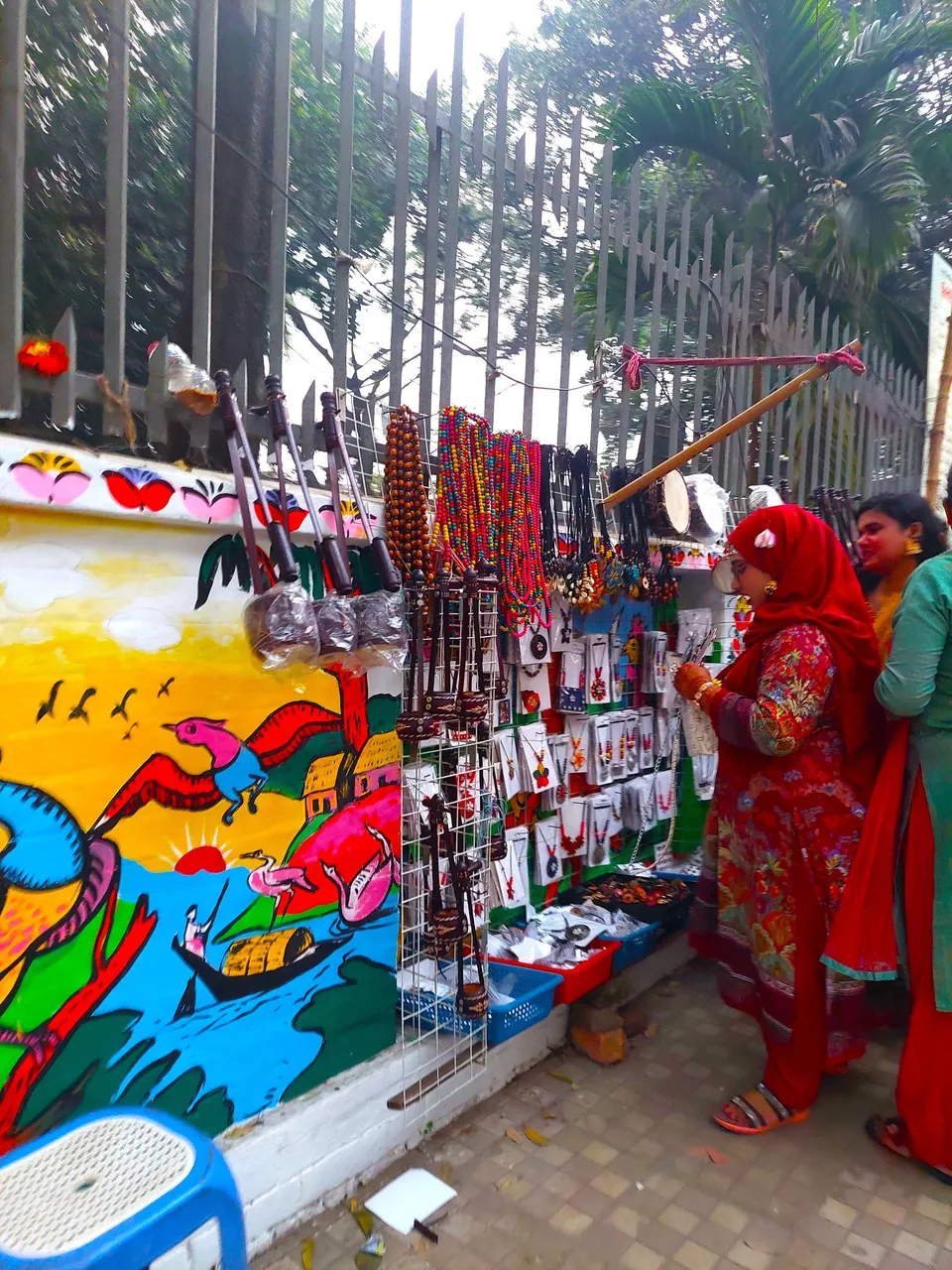
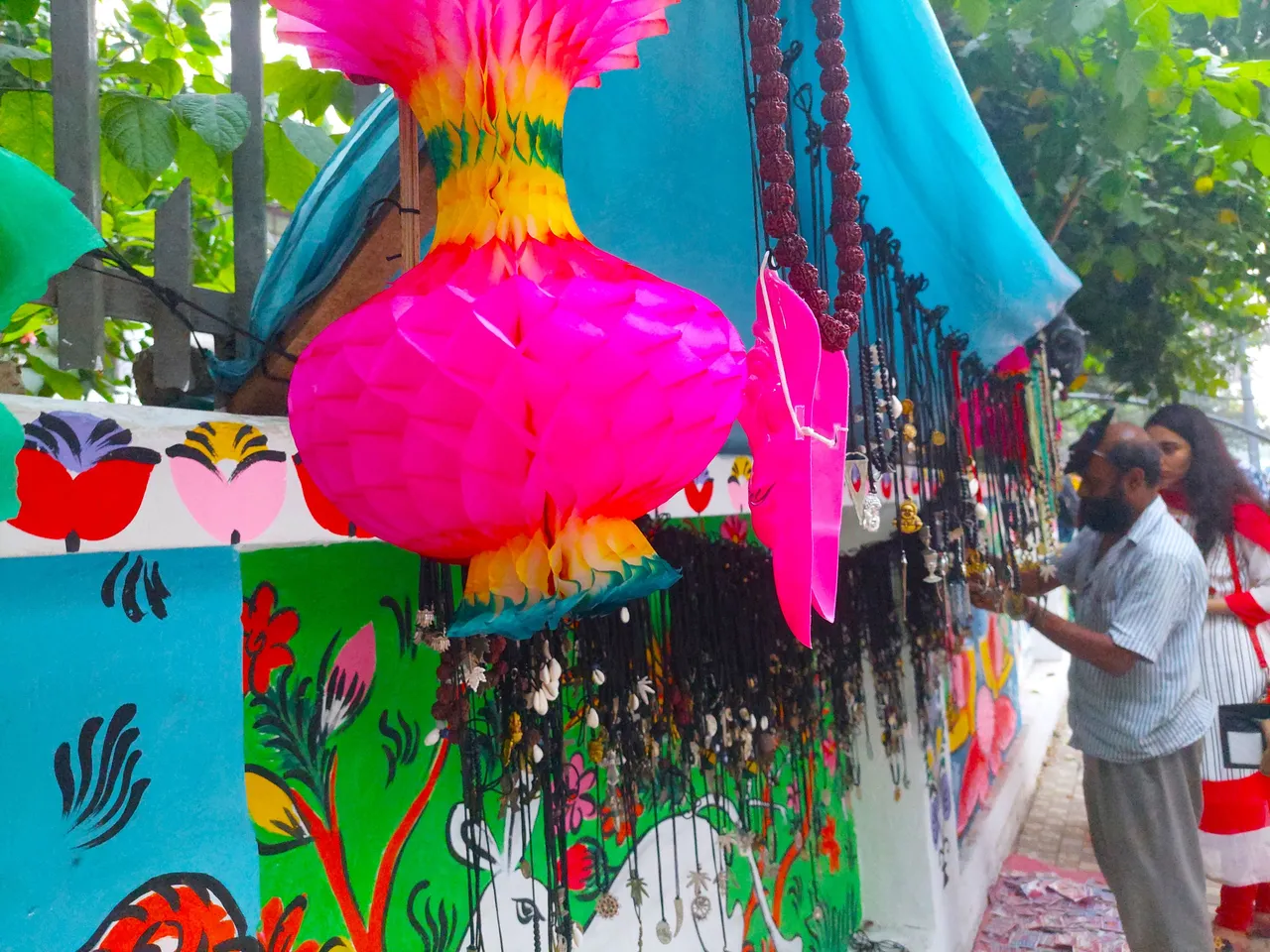
Along the footpath in front of the art institute, street vendors showcased an array of handmade treasures, from intricately crafted bracelets to beaded necklaces. Their stalls added to the festive ambiance, offering visitors the opportunity to take home a piece of artisanal beauty.
Though I resisted the temptation to make a purchase this time, I made a mental note to explore the offerings more closely next year.
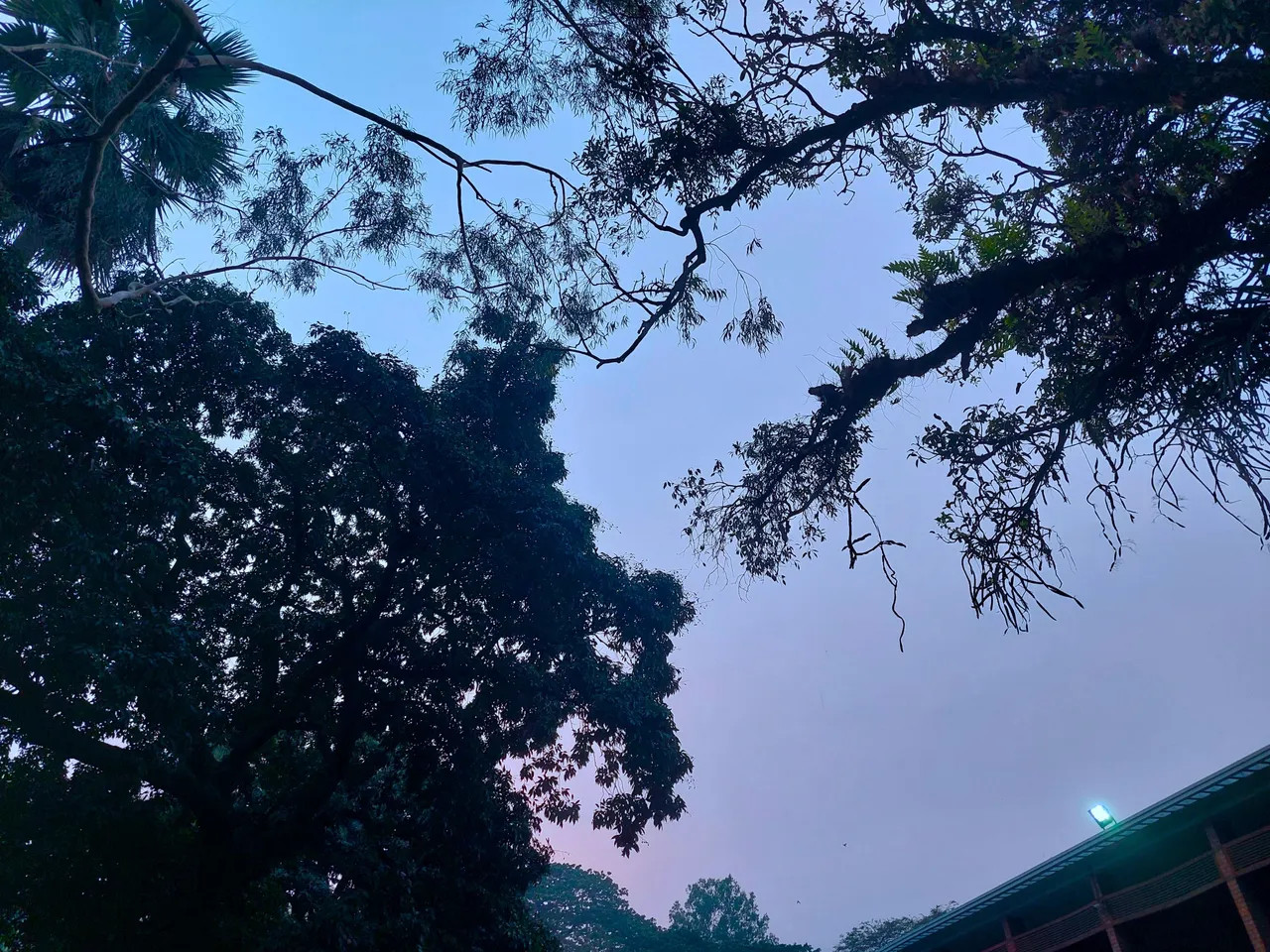
No Pohela Boishakh celebration would be complete without indulging in the traditional culinary delights that accompany the festivities.
Traditionally, our special menu features mashed vegetables, eggplant fry, Hilsha fish fry, and the quintessential Panta Bhat – a delicacy of cooked rice soaked and fermented in water, served with chili and onion. This is a nostalgic reminder of the cherished traditions that bind us together as a community.
As the day drew to a close, I reflected on the beauty of the celebration and the enduring spirit of Pohela Boishakh. It was a day filled with laughter, joy, and a deep sense of cultural pride.
As I bid farewell to the Institute of Fine Arts, I carried with me memories of a celebration that truly embodied the essence of Bangladeshi art, culture, and tradition.
